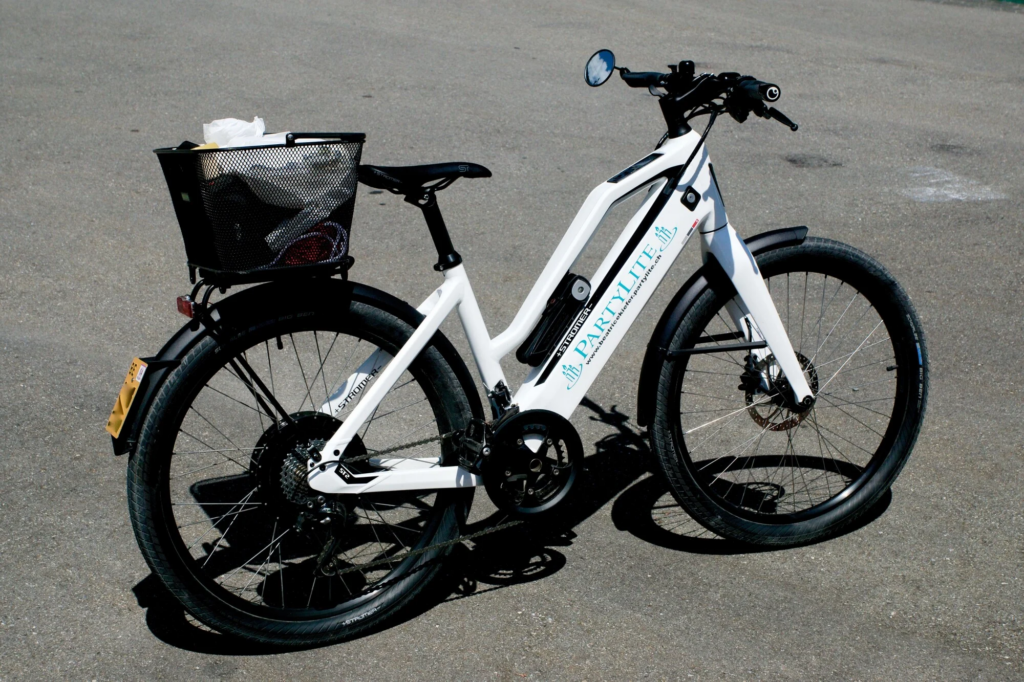For any sports enthusiast, choosing the right bike can significantly impact performance, comfort, and overall enjoyment. Whether you are an experienced cyclist or a beginner, finding the perfect match for your needs requires thoughtful consideration. From road bikes to mountain bikes and even e-bikes, the choices are vast, and the right option depends on several factors. To make the decision easier, here are six practical tips to help you choose the right bike for your sporting needs.
Understand the Purpose of Your Bike
Before selecting a bike, it’s essential to think about how and where you plan to ride. For example, if you plan to ride primarily on smooth, paved roads, a road bike with its lightweight frame and narrow tires is ideal. These bikes are designed for speed and efficiency on flat surfaces. If your adventures lead you off the beaten path, a mountain bike will be better suited, with its durable frame, wider tires, and suspension system to absorb shock on rough terrain. A hybrid bike might be a good choice if you expect to do a bit of both, offering versatility for mixed-use riding.
Consider an electric bike and how it could enhance your cycling experience. Cyclists exploring ebikes Calgary can find them beneficial for easily tackling steep hills, longer distances, or commuting. Electric bikes provide motorized assistance while pedaling, which can reduce fatigue and help you maintain speed without compromising the joy of riding. Understanding your riding environment and style is the first step to finding the bike that best suits your needs.
Choose the Right Frame Size
A frame that is too large or too small can cause discomfort, strain, or even injury over time. Consider your height, inseam length, and the bike’s geometry to determine the proper size.
Most bike manufacturers offer a size chart based on rider height, making it easier to find the best fit. However, getting a professional fitting is the most accurate way to ensure the frame is right for you. A proper fit will help you maintain a comfortable posture, prevent back pain, and improve pedaling efficiency.

When testing a bike, ensure a few inches of clearance between the top tube and your body when standing. Also, check the reach to the handlebars, as an overly stretched or cramped position can make riding uncomfortable. Remember, even the best bike won’t perform well if it doesn’t fit your body correctly.
Decide on the Type of Bike You Need
Several different types of bikes exist, each designed for specific riding styles. Understanding the differences between them will help you make a more informed choice.
Image source: https://unsplash.com/photos/four-cyclist-on-road-7u1SFd5AL7I
- Road Bikes: Best for speed and long-distance rides on paved roads.
- Mountain Bikes: Built for off-road adventures and rugged terrains.
- Hybrid Bikes: A versatile choice, combining the speed of road bikes with the durability of mountain bikes.
- Gravel Bikes: Designed for gravel paths and light off-road use, offering stability on mixed surfaces.
- Electric Bikes (E-bikes): Equipped with a motor to assist in pedaling, making them ideal for long commutes or those looking for a less physically demanding ride.
Each type of bike has different features and components that suit various riding needs. For example, a mountain bike’s shock-absorbing suspension is essential if you plan to take your bike off-road and onto rocky trails. Alternatively, if your main focus is on-road racing or endurance rides, a lightweight road bike with a more aerodynamic design will serve you better.
Consider the Gearing System
Bikes can come with single-speed or multi-speed options, depending on the design and intended use. A single-speed bike may be sufficient if you live in a flat area or plan to stick to level ground. However, for those tackling hills or rougher terrain, a bike with a more complex gearing system will make your ride smoother and more manageable.
Like most mountain and road bikes, multi-speed bikes have a range of gears that allow you to adjust the resistance depending on the terrain. Lower gears make pedaling easier on steep climbs, while higher gears allow faster riding on flat or downhill stretches. Understanding your typical riding environment will help you choose the right number of gears for your needs.
Pay Attention to the Bike’s Components
Beyond the frame and gear system, a bike’s components significantly affect its performance and durability. Components like the brakes, suspension, tires, and saddle contribute to the bike’s overall feel and functionality.

- Brakes: The two main brakes are rim brakes and disc brakes. Disc brakes offer superior stopping power, especially in wet or muddy conditions, making them ideal for mountain biking. Rim brakes, while lighter, are better suited for road bikes and casual cycling.
- Suspension: If you plan to ride on rough trails, a bike with front or full suspension will provide greater comfort by absorbing shock. Hardtail bikes, which only have front suspension, are more common for casual mountain bikers, while full-suspension bikes are designed for more aggressive trails.
- Tires: Wider, knobbier tires provide better grip and control on off-road terrain, while thin, slick tires are built for speed on smooth surfaces.
- Saddle: Don’t overlook the importance of a comfortable saddle. If you plan to cycle for long periods, finding a saddle that supports your body and reduces discomfort is key.
Test Ride Before You Purchase
The most crucial tip is to always test-ride a bike before purchasing it. A bike may look great on paper, but nothing beats the feeling of actually riding it. Take the bike for a spin to assess how comfortable it feels, how it handles, and whether you can easily shift gears and brakes.
When testing a bike, pay attention to how your body feels during the ride. Do you need to be stretched out or cramped? Do you feel balanced and in control? Does the saddle comfortably support your weight? Testing different models will help you make a more informed decision and ensure you pick a bike that meets all your expectations.
Choosing the right bike is critical in ensuring that your cycling experience is enjoyable and suited to your needs. You can make an informed decision by considering factors such as your riding style, the terrain you’ll cover, and the bike’s size and components. Testing the bike before purchase is crucial to ensure it feels comfortable and performs well in real-world conditions. Whether you’re looking for speed on the road, adventure on the trails, or a bit of everything, evaluating your options will help you find the perfect bike for your sporting endeavors.

